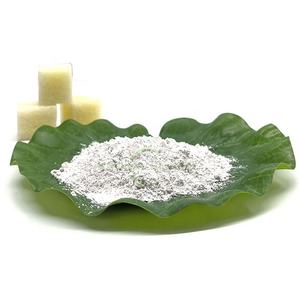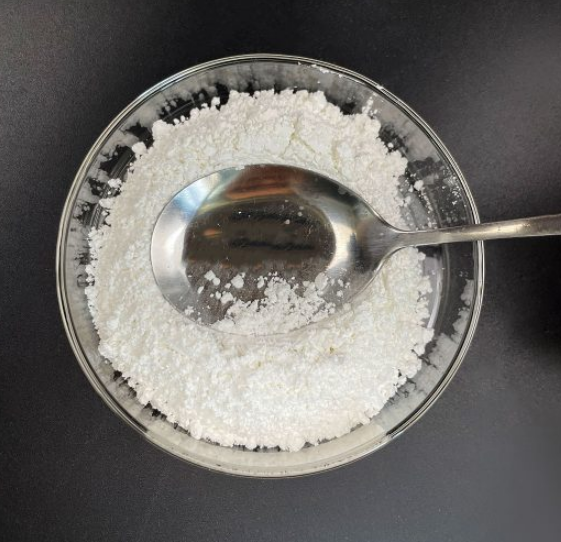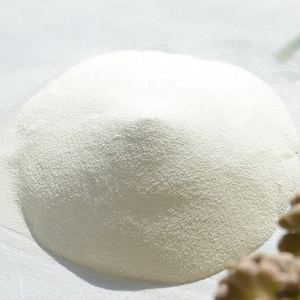1. Introduction
Just 24 hours ago, a viral TikTok trend warned viewers that ‘SLS in your shampoo is melting your scalp!’—prompting a surge in Google searches for ‘sodium lauryl sulfate dangers’ and ‘sls sodium laureth sulfate alternatives.’ While your scalp isn’t actually dissolving (phew!), the confusion around surfactants like sodium lauryl sulfate is real. Whether you’re mixing a DIY weed killer, formulating a gentle face wash, or just trying to decode that impossible ingredient list on your dish soap, this guide cuts through the foam.

Let’s demystify sodium lauryl sulfate—also known as sodium dodecyl sulfate, na lauryl sulfate, or natrium lauryl sulfate—and show you how to use it (or skip it) wisely.
2. What Exactly Is Sodium Lauryl Sulfate?
Sodium lauryl sulfate (SLS) is a powerful anionic surfactant. If you’re wondering, ‘what is a surfactant?’—think of it as a molecular matchmaker that helps oil and water hold hands (temporarily). The meaning of surfactant? Surface-active agent. It reduces surface tension, lifts grime, and creates that satisfying lather we associate with ‘clean.’
But not all surfactants are created equal. SLS is anionic, meaning it carries a negative charge. This contrasts with cationic surfactants (positive charge, like cetyl trimethyl ammonium bromide) and amphoteric ones (like cocamidopropyl betaine, which can switch charges). Non-ionic surfactants—such as polysorbate 80, decyl glucoside, or ethoxylated alcohol—have no charge and are gentler.
3. Common Problems with SLS (and How to Fix Them)
3.1 Skin and Scalp Irritation
SLS is effective but can be harsh. If your homemade shampoo leaves your scalp itchy or your hands red after dishwashing, you’ve likely overdone it. Solution? Replace SLS with milder alternatives like sodium cocoyl isethionate, sodium lauroyl sarcosinate, or alkyl polyglucoside. Coco glucoside and decyl glucoside are excellent bio surfactants derived from coconut and corn—gentle enough for baby products.
3.2 Confusing Labels and Synonyms

Manufacturers love aliases. You might see ‘sls sodium,’ ‘lauryl sulfate,’ ‘sodium dodecylbenzene sulfonate,’ or even ‘ammonium lauryl sulfate’ (a close cousin). Remember: sodium laureth sulfate (also called sodium lauryl ether sulfate or sodium lauryl ether sulphate) is different—it’s ethoxylated, making it slightly milder than straight SLS.
Pro tip: Avoid conflating ‘sls sulfate’ with ‘sulfate laureth’—they’re related but not identical. And no, ‘copper 1 bromide’ has nothing to do with your shampoo (that’s for chemistry labs!).
3.3 Using SLS in Herbicides or Lawn Care
Gardeners often add surfactants to weed killers to help the solution stick to waxy leaves. While sodium lauryl sulfate for sale is cheap and effective, it’s not always ideal for plants. Better options? Use a nonionic surfactant like polysorbate 80 or a lawn wetting agent specifically labeled as a wetting agent for grass. Methylated seed oil is another popular surfactant for herbicides—it boosts absorption without harming soil microbes.
Never use SLS-based dish soap as a ‘cheap surfactant’ in your Roundup mix—it can damage plants and isn’t formulated for agricultural use.
4. How to Safely Substitute SLS in DIY Formulas
Want to make a gentle shampoo or all-purpose cleaner without SLS? Follow this simple swap chart:
- Replace SLS with sodium coco sulfate (a milder anionic surfactant)
- Use cocamidopropyl betaine (also called coco betaine or amidopropyl betaine) for foam and mildness
- Add decyl glucoside or coco glucoside for a non-ionic, eco-friendly boost
- For extra creaminess, try sodium lauroyl methyl isethionate or sodium cocoyl glutamate

Avoid mixing anionic and cationic surfactants—they neutralize each other and turn your lather into sludge. Stick to anionic + amphoteric or non-ionic combos for stable, effective formulas.
5. Where to Buy and What to Watch For
If you need sodium lauryl sulfate for sale (say, for lab work or industrial cleaning), reputable suppliers like Rohit Surfactants Private Limited offer technical-grade SLS. But for home use, check cosmetic ingredient suppliers that provide cosmetic-grade or food-grade versions.
Always verify purity—industrial SLS may contain contaminants like 1,4-dioxane (a byproduct of ethoxylation in sodium laureth sulfate, not SLS itself—but still a common mix-up!).
6. Bonus: Fun Surfactant Facts to Impress Your Friends
Did you know pulmonary surfactant in your lungs is totally different from the SLS in your toothpaste? Lung surfactants are phospholipid-based and prevent alveolar collapse—no sodium lauryl sulfate involved! Also, Span80, Pluronic 127, and Poloxamer 188 are fancy nonionic surfactants used in pharmaceuticals, not dish soap.
And while we’re at it: lignin sulfonate is a bio surfactant from wood pulp, used in agrochemicals. Sodium oleate? That’s old-school soap. Sodium deoxycholate? Bile salt—definitely not for your face wash.
7. Conclusion
Sodium lauryl sulfate isn’t evil—it’s just a tool. Like a chainsaw, it’s powerful when used correctly but risky if mishandled. Whether you’re crafting skincare, battling dandelions, or just reading labels at the store, understanding surfactants empowers you to choose wisely. Swap when needed, respect the chemistry, and never believe TikTok without checking the science first.
Our Website founded on October 17, 2012, is a high-tech enterprise committed to the research and development, production, processing, sales and technical services of ceramic relative materials such as How. Our products includes but not limited to Boron Carbide Ceramic Products, Boron Nitride Ceramic Products, Silicon Carbide Ceramic Products, Silicon Nitride Ceramic Products, Zirconium Dioxide Ceramic Products, etc. If you are interested, please feel free to contact us.


